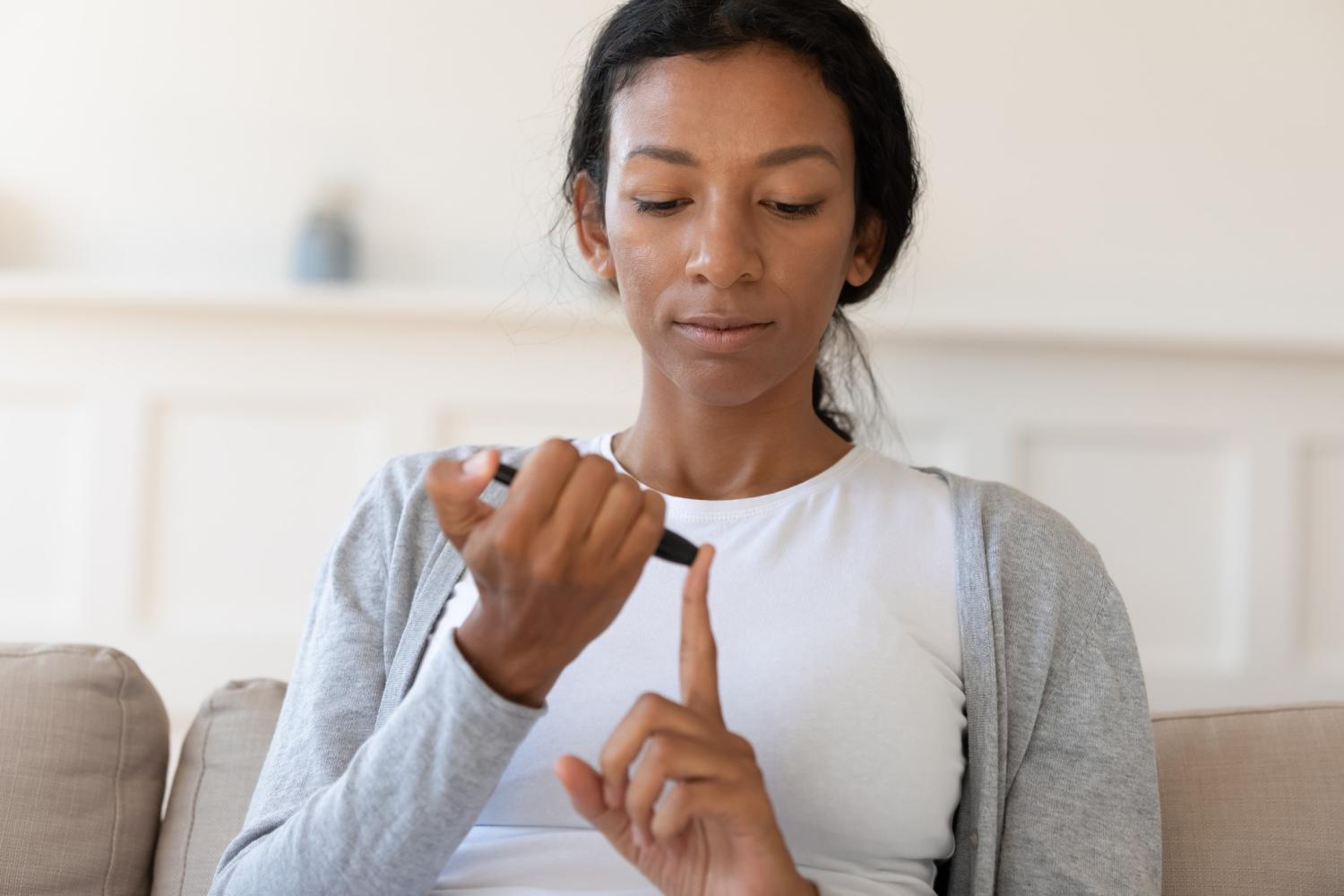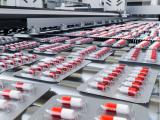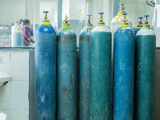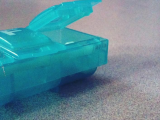Diabetes patients in low- and middle-income countries (LMICs) lack access to the insulin they need to manage their condition, with only 27% of 108 poor countries registering all the insulins classified as essential medicines by the World Health Organization (WHO)—and 22% registering none.
Even when insulin is available, it may be unaffordable, leaving both adults and children vulnerable to complications such as cardiovascular disease, kidney failure, nerve damage, amputations, vision loss, and death.
These stark statistics are highlighted in a new Access to Medicine Foundation report, which asks what pharmaceutical companies are doing to expand access to diabetes care in LMICs, as well as proposes potential solutions.
Founded in 2003, the Netherlands-based Access to Medicine is a nonprofit that works to urge and guide drug companies to do more to serve the world's poorest countries, which are home to three out of four adults with diabetes.
The organization extracted information for the report from proprietary data, the public domain, peer-reviewed literature, and international health and policy reports. It reveals that three companies—Eli Lilly, Novo Nordisk, and Sanofi—produce 83% of the insulin sold in LMICs and hold 95% of the market share. A fourth, Biocon, is a major maker of biosimilar insulins but on a smaller scale.
While drug companies have taken steps to make insulins more affordable, their efforts have been siloed and have focused on only a few products in a few countries, mostly in Africa, the report says. Most of the initiatives have focused on pediatric programs, training, donations, and price ceilings. "At the end of the day, it's a patchwork, not integrated strategies," Claudia Martinez, research program manager at Access to Medicine, told CIDRAP News.
At the same time, many LMICs have the highest diabetes-related death rates in the world, with the Western Pacific region accounting for roughly 2.3 million deaths in 2021.
Limited choices, high prices
Drug companies don't sell all their medications in every country, usually because they see limited commercial value of registering and launching a drug in certain markets. In LMICs, shortages of insulin and other essential medicines are exacerbated by poverty, political instability, conflict, and infectious disease outbreaks such as COVID-19, threatening supply chains and endangering fragile healthcare systems, the report says.
Many LMICs lack the infrastructure to make or store their own insulin, which requires cold storage and continuous electricity, and some import it from only one source, which makes them susceptible to supply chain issues and shortages.
"Under-importation of insulin appears to be an issue in many countries, as a mismatch has been identified between the amount of insulin supplied and the amount needed to treat people living with diabetes, with health systems being often unaware of actual demand," the report says. "Reasons for this might include weak forecasting systems and systemic barriers preventing people from accessing treatment."
Price is also a significant issue, with LMICs seeing the highest median insulin prices in the world, according to the report. About 35% of patients in LMICs pay for their medications out of pocket on the private market—where insulin prices are higher—compared with only 13.6% in higher-income countries. And the newer analog insulins cost two to six times more than human insulins, even though they don't cost much more to manufacture.
Some countries may have only certain types of insulin rather than the array available in higher-income countries, limiting patient access to types that may not have the onset of action, peak, duration, concentration, or delivery route that would be best for them.
For example, patients may have access to only human insulin rather than the preferred analog insulins, which are designed to mimic the body's natural release of insulin and carry less risk of hypoglycemia (low blood sugar). In 2021, the WHO classified three analog insulins and their biosimilars as essential medicines. Yet, at the second-largest hospital in Kenya, analog insulins made up less than 4% of the total insulin used in 2020.
While pharmaceutical companies have begun to view analog insulins as more of a priority, most of the focus is still on providing the less-expensive human insulins. Fifteen of the 27 low-income countries included in the report have no registered analog insulins.
Lack of access to insulin is only part of the problem. Shortages and the high costs of glucose-monitoring and insulin-delivery devices also impede access and the appropriate use of insulin. "The consumables can be even more expensive than insulin," Martinez said.
'A lot of opportunity'
Improving access and affordability hinges on expanding the number and type of insulins sold in LMICs, according to the report. One avenue for this is biosimilar insulin, which can be made in large batches using organisms such as yeast or bacteria and has similar action to human insulin. With the expiration of patents on some analog insulins, the report says, the market is ripe for healthy competition—and lower prices—spurred by biosimilar manufacturers.
"Several biosimilars companies do already produce and market a significant quantity of insulin products in LMICs," the report says. "However, companies have significant hurdles to overcome before their products' potential to expand access can be fully realised, including challenges in scaling up, competing with established brands, and satisfying complex regulatory requirements."
The first step toward that goal is registration of insulins—particularly analogs—with LMICs' regulatory authorities to be able to market and distribute products. Twenty-four LMICs, including war-torn countries such as Somalia and South Sudan and smaller island nations—have no registered insulin. The WHO recently launched a pilot program that can help companies launch products in LMICs by prequalifying drugs such as insulin, cutting through some of the red tape.
"On the global level, you see more priorities," Martinez said. "We also see a lot of opportunity. It is a really critical time."
Systemic, sustainable programs with regular evaluation are key, particularly as global demand for insulin rises. The report calls for country-based price ceilings, drug company participation in public-sector procurement and international pooled procurement mechanisms such as through UNICEF, long-term donation programs, tailored pricing strategies, and sharing expertise.
"Because pharmaceutical companies have extensive experience in product delivery, they can provide local governments and healthcare organisations with support in terms of know-how, resources, models for efficient distribution networks and supply practices, expansion of cold-chain capacity, strategies to ensure continuous monitoring of demand levels, and capacity building," the report says. "Research-based pharmaceutical companies can also leverage their expertise to innovate and create products that are more easily supplied and stored."
The WHO has provided an impetus for change through its Global Diabetes Compact in 2021, with the goal of all type 1 diabetes patients having access to affordable insulin and glucose monitoring by 2030.























